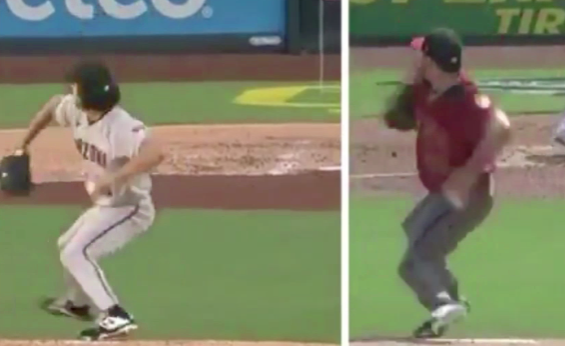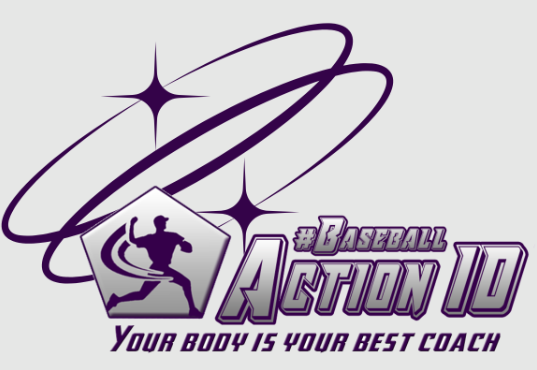Breaking the Rhythm: The Price of Change in Robbie Ray’s Pitching Mechanics
During the 2020 baseball season, there was a lot of buzz about Robbie Ray due to a significant change in his arm action. People believed this change would reduce the number of walks he would give up.
However, the impact of this change was different than expected.
When players make major adjustments like this, they often deviate from their natural way of moving.
Attempts to “improve” or “fix” a player’s mechanics can fail because those making the changes often don’t fully understand the complexity of individual movements.
Now, let’s simplify some technical details and focus on a couple of key changes that took Robbie Ray away from his natural throwing motion.
Firstly, Robbie Ray belongs to a group of athletes who are Posterior Muscle Chain Dominant Athletes with a High Mobile Point.
They fall into the “rhythmical motor skill” Group.
These athletes are asymmetrical, have a disconnection between hips and shoulders and will initiate their actions by engaging the left side first.
As seen in the video, Ray used to drop his throwing shoulder towards the hip on the same side of his body, leaning backwards. This allowed him to start his preferred movement with power and lead the action with his shoulder.

He also used to rely on a left thigh strategy, engaging the left side first in his action. (watch in clip, how his back foot stayed longer on the ground after the change).
Athletes like Ray often struggle with time pressure due to their wide, longer movements, making their body parts operate somewhat independently, giving their movements a “fluttery” appearance.
Lastly, there occurred a timing issue with his arm action after the change was made!
The ‘old’ Ray released the ball right on time, but the ‘new’ Ray’s arm timing was completely ‘OFF’.
It’s important to note that shortening an arm action, contrary to common belief, does not necessarily make the arm action quicker, because everything is linked to the chain.
In Ray’s case, the attempt to make his arm action more efficient by shortening it actually disrupted the timing of his delivery.
Finally, not respecting the 2 ABSOLUTES in motor preferences, which define the inherent arm slot and yield the most efficient, effective, and healthy throwing technique, is asking for injuries.
In Robbie Ray’s case, he never really had an arm injury before the significant change, but about two years after it, he had to undergo Tommy John surgery.
It’s evident that rhythmical athletes like Ray have many distinctive qualities, and we’ve highlighted a few noticeable ones in his case.
